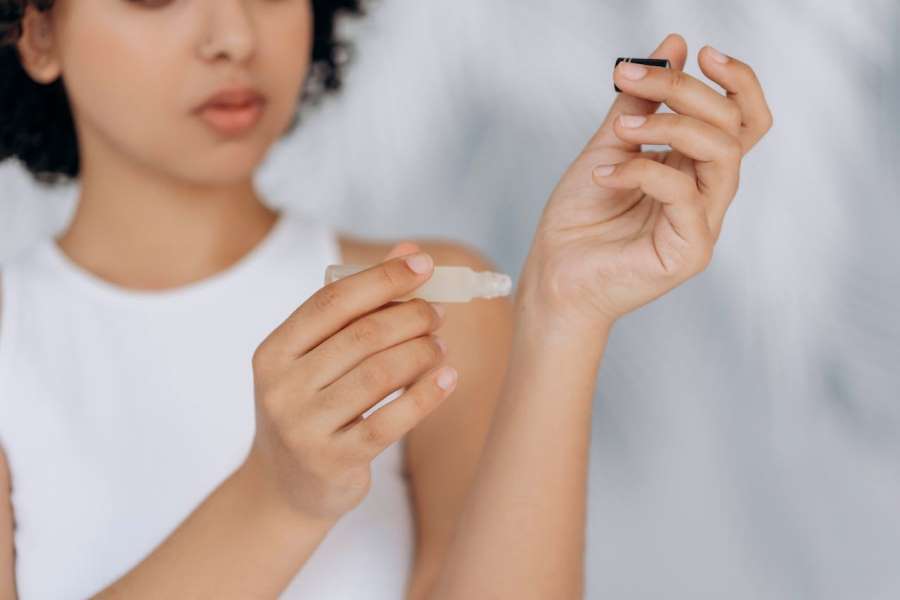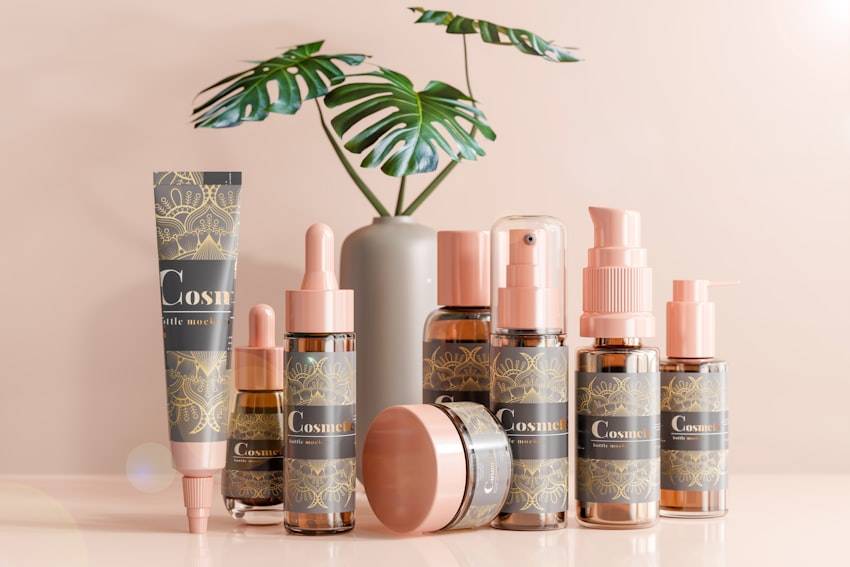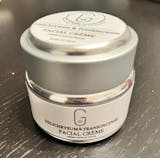We live and breathe essential oils here at Glowing Orchid – literally! I know millions of other people do, too, because these plant-based compounds offer so many benefits like nasal relief, oral health, mental relaxation, disinfection, and more.
But, much as we adore these organic oils, we have to acknowledge that using EOs requires some caution. It’s not rocket science, but you’ll want to keep in mind a few guidelines for the safest, most beneficial use of essential oils. Here, we share the basic safety precautions you absolutely have to know about essential oil usage. Read these and you’re on your way to EO mastery!












